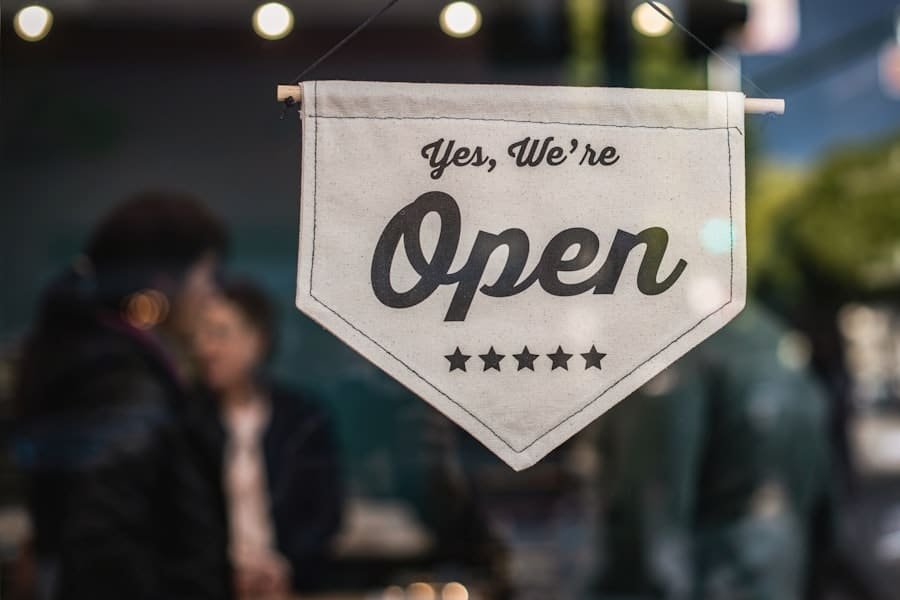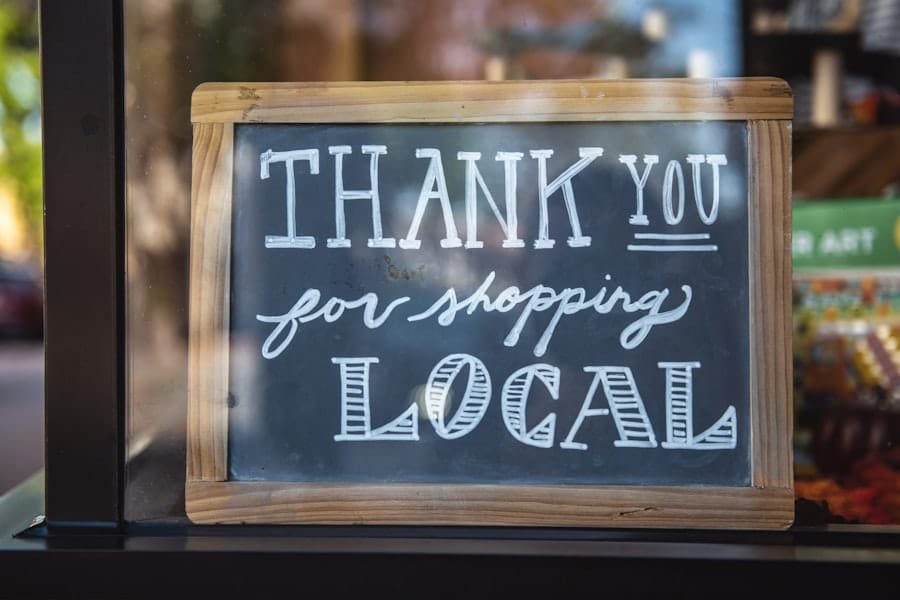The microloan business model has emerged as a transformative force in the financial landscape, particularly in developing economies. This model revolves around providing small loans to individuals or small businesses that typically lack access to traditional banking services. The concept of microloans was popularised by Nobel laureate Muhammad Yunus, who founded the Grameen Bank in Bangladesh in the 1980s.
His vision was to empower the impoverished by offering them financial resources to start their own businesses, thereby fostering self-sufficiency and economic growth. The microloan model has since evolved, gaining traction across various regions and sectors, and has become a vital tool for poverty alleviation and economic development. Microloans are generally characterised by their small amounts, often ranging from £100 to £15,000, and are designed to be accessible to those who may not have a credit history or collateral.
This accessibility is crucial, as it allows aspiring entrepreneurs to bypass the stringent requirements of conventional banks. The microloan business model not only provides financial support but also often includes additional services such as business training, mentorship, and networking opportunities. This holistic approach enhances the likelihood of success for borrowers, making microloans a compelling option for those seeking to improve their economic circumstances.
Summary
- Microloans are small, short-term loans provided to entrepreneurs who lack access to traditional banking services.
- Microloans help entrepreneurs start or expand their businesses, leading to economic growth and job creation in local communities.
- Microloans have a positive impact on local communities by empowering individuals, especially women, and promoting financial inclusion.
- Challenges and risks associated with microloans include high interest rates, limited regulation, and potential over-indebtedness of borrowers.
- Technology plays a crucial role in the microloan business model by enabling efficient loan disbursement, repayment, and monitoring.
Understanding Microloans
Microloans are typically short-term loans with relatively low interest rates, aimed at helping individuals or small enterprises that are often overlooked by traditional financial institutions. The primary objective of microloans is to provide capital for business ventures that can generate income and create jobs. Unlike conventional loans, which may require extensive documentation and a solid credit history, microloans are often granted based on the borrower’s character and potential for success.
This shift in focus allows lenders to assess risk differently, fostering an environment where entrepreneurship can flourish. The process of obtaining a microloan usually involves a straightforward application procedure, often facilitated by microfinance institutions (MFIs) or non-governmental organisations (NGOs). These entities play a crucial role in the microloan ecosystem by evaluating applicants, providing training, and offering ongoing support.
The loans can be used for various purposes, including purchasing inventory, investing in equipment, or covering operational costs. By enabling individuals to access capital, microloans serve as a catalyst for economic activity, empowering borrowers to take control of their financial futures.
The Benefits of Microloans for Entrepreneurs

One of the most significant advantages of microloans is their ability to empower entrepreneurs who may otherwise be excluded from the financial system. For many individuals in developing countries, traditional banking services are either unavailable or prohibitively expensive. Microloans bridge this gap by providing accessible funding options that enable entrepreneurs to start or expand their businesses.
This access to capital can lead to increased income, improved living standards, and greater economic independence. Moreover, microloans often come with additional support services that enhance the entrepreneurial journey. Many MFIs offer training programmes that cover essential business skills such as financial management, marketing strategies, and customer service.
This educational component is vital, as it equips borrowers with the knowledge needed to make informed decisions and navigate the complexities of running a business. Furthermore, the sense of community fostered by microloan groups can provide invaluable networking opportunities and moral support, creating an environment where entrepreneurs can thrive.
The Impact of Microloan Business Model on Local Communities
The microloan business model has far-reaching implications for local communities, particularly in terms of economic development and social empowerment. By facilitating access to capital for small businesses, microloans contribute to job creation and stimulate local economies. As entrepreneurs establish or expand their ventures, they often hire additional staff, which can lead to a ripple effect of increased employment opportunities within the community.
This job creation not only helps reduce poverty but also fosters a sense of stability and resilience among community members. In addition to economic benefits, microloans can have a profound social impact. Many borrowers are women who face unique challenges in accessing financial resources.
By empowering women entrepreneurs through microloans, communities can experience shifts in gender dynamics and social norms. Women who gain financial independence often invest in their families’ education and health, leading to improved outcomes for future generations. This empowerment can create a virtuous cycle where educated children contribute positively to society, further enhancing community development.
Challenges and Risks Associated with Microloan Business Model
Despite the numerous benefits associated with microloans, there are inherent challenges and risks that must be acknowledged. One significant concern is the potential for over-indebtedness among borrowers. In some cases, individuals may take out multiple loans from different lenders without fully understanding their repayment obligations.
This situation can lead to a cycle of debt that is difficult to escape, ultimately undermining the very purpose of microfinance. Additionally, the sustainability of microfinance institutions can be called into question. Many MFIs rely on donor funding or government support to operate effectively.
If these sources of funding diminish or disappear, it could jeopardise the ability of MFIs to continue providing loans and support services. Furthermore, there is a risk that some MFIs may prioritise profit over social impact, leading to predatory lending practices that exploit vulnerable borrowers. Ensuring ethical lending practices and maintaining a focus on social responsibility is crucial for the long-term viability of the microloan business model.
The Role of Technology in Microloan Business Model

Technology has played a pivotal role in revolutionising the microloan business model, enhancing accessibility and efficiency in various ways. The advent of mobile banking and digital payment platforms has made it easier for borrowers to apply for loans and manage repayments without needing to visit physical branches. This convenience is particularly beneficial in rural areas where access to banking infrastructure may be limited.
Mobile technology also allows lenders to reach a broader audience, enabling them to assess creditworthiness through alternative data sources such as transaction history and social media activity. Moreover, technology facilitates better communication between lenders and borrowers. Many MFIs now utilise online platforms to provide educational resources and support services, ensuring that entrepreneurs have access to the information they need to succeed.
Additionally, data analytics can help lenders identify trends and assess risk more effectively, allowing them to tailor their offerings to meet the specific needs of their clients. As technology continues to evolve, it holds the potential to further enhance the microloan business model by streamlining processes and expanding access to financial resources.
Success Stories of Microloan Business Model
The success stories stemming from the microloan business model are numerous and inspiring, showcasing the transformative power of accessible finance. One notable example is the story of a woman named Maria from rural Peru who received a microloan from an MFI to start her own textile business. With the initial funding, Maria was able to purchase materials and hire local artisans to help produce her products.
Over time, her business flourished, allowing her not only to support her family but also to provide employment opportunities for others in her community. Maria’s story exemplifies how microloans can empower individuals and create positive change at the community level. Another compelling case is that of a group of farmers in Bangladesh who banded together to secure microloans for agricultural equipment and seeds.
By pooling their resources and knowledge, they were able to increase their crop yields significantly. The success of their collective efforts not only improved their individual incomes but also strengthened their community bonds as they worked together towards common goals. These success stories highlight the potential of microloans to drive innovation and collaboration among entrepreneurs while fostering economic growth in local communities.
The Future of Microloan Business Model
Looking ahead, the future of the microloan business model appears promising yet complex. As global economic conditions continue to evolve, there will be an increasing demand for innovative financial solutions that cater to underserved populations. The integration of technology into microfinance will likely play a crucial role in shaping this future, enabling more efficient lending processes and expanding access to capital for aspiring entrepreneurs.
However, it is essential for stakeholders within the microfinance sector—lenders, policymakers, and community organisations—to remain vigilant about ethical practices and borrower welfare. Ensuring that microloans are provided responsibly will be critical in preventing over-indebtedness and maintaining trust within communities. As awareness grows about the importance of sustainable development goals (SDGs), there may be greater emphasis on aligning microfinance initiatives with broader social objectives.
In conclusion, while challenges remain within the microloan business model, its potential for fostering entrepreneurship and driving economic development cannot be overstated. By continuing to innovate and prioritise ethical lending practices, stakeholders can harness the power of microloans to create lasting change in communities around the world.
A related article to the Microloan Business Model is “Championing Competition” which can be found at this link. This article discusses the importance of competition in the business world and how it can drive innovation and benefit consumers. By studying successful business models, such as those highlighted in the article “Top Five Strategies to Take from Successful Business Models” available at this link, microloan businesses can learn valuable insights on how to thrive in a competitive market. Additionally, the Office of Fair Trading (OFT) plays a crucial role in ensuring fair competition and consumer protection, as explored in the article “Office of Fair Trading (OFT)” at this link.
FAQs
What is a microloan business model?
A microloan business model is a financial service that provides small, short-term loans to individuals or small businesses who do not have access to traditional banking services.
How does a microloan business model work?
In a microloan business model, the lender provides small loans to borrowers, often with low or no collateral, at a higher interest rate than traditional bank loans. These loans are typically used for starting or expanding small businesses, covering emergency expenses, or improving living conditions.
What are the benefits of a microloan business model?
The benefits of a microloan business model include providing access to credit for individuals and small businesses who are unable to obtain loans from traditional banks, stimulating economic growth in underserved communities, and empowering individuals to improve their financial situations.
What are the challenges of a microloan business model?
Challenges of a microloan business model include the higher risk of lending to individuals or businesses with limited credit history, the need for effective risk management and due diligence processes, and the potential for high default rates.
What are some examples of microloan business models?
Examples of microloan business models include organisations like Grameen Bank, Kiva, and Opportunity International, as well as microfinance institutions and community development financial institutions (CDFIs) that provide microloans to underserved communities.
